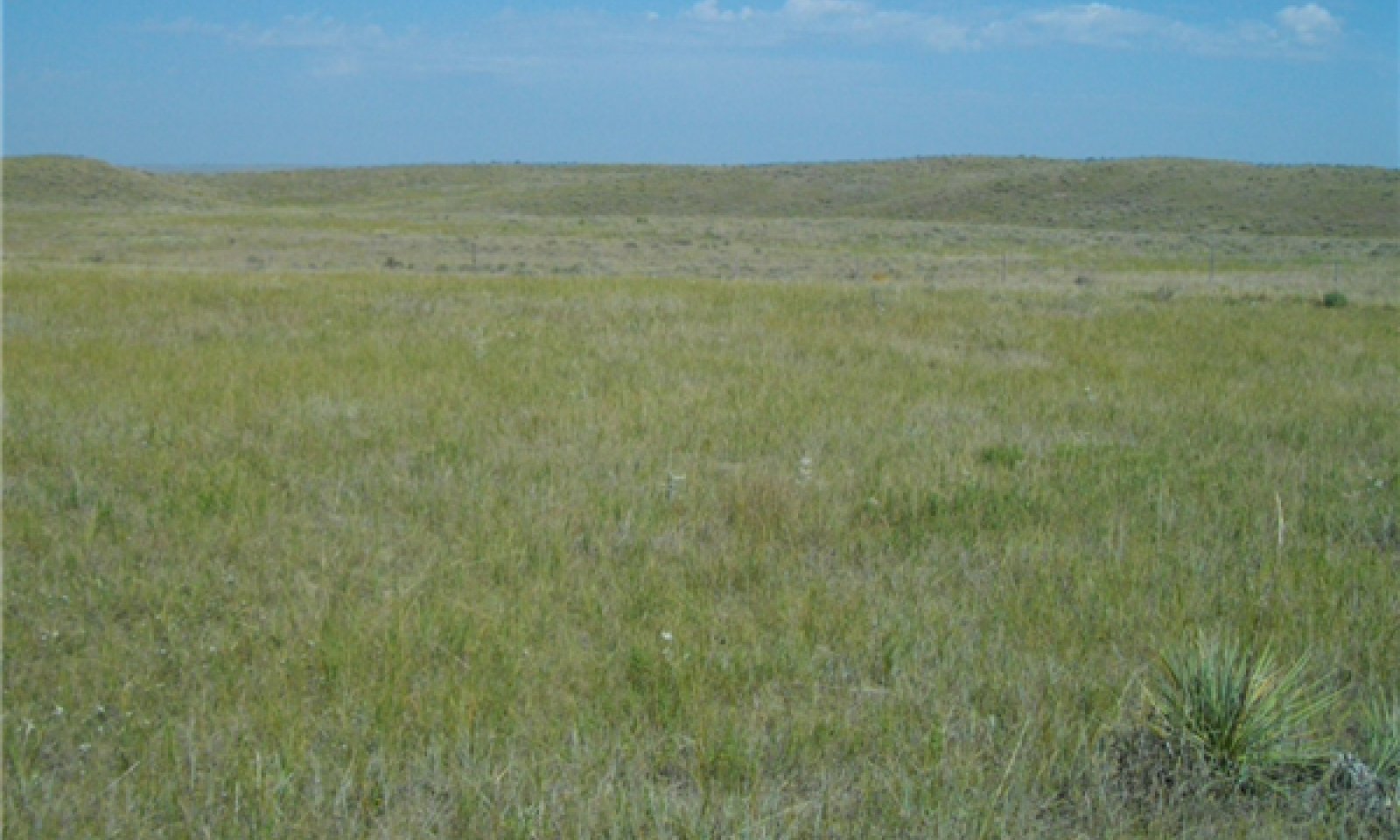
Sands (Sa)
Scenario model
Current ecosystem state
Select a state
Management practices/drivers
Select a transition or restoration pathway
-
Transition T1A
Excessive grazing.
More details
Lack of fire. -
Transition T2A
Excessive grazing.
More details
Lack of fire. -
No transition or restoration pathway between the selected states has been described
Target ecosystem state
Select a state
Description
The Reference State is characterized by three distinct plant community phases. The plant communities, and various successional stages between them, represent the natural range of variability within the Reference State.
Submodel
Description
An ecological threshold has been crossed and a significant amount of production and diversity has been lost compared to the Reference State. Significant biotic and soil changes have negatively impacted energy flow and the nutrient and hydrologic cycles.
Short, drought-tolerant grasses and shrubs dominate the plant community. Occasional mid-grasses may be found within the canopy of shrubs where they are protected from grazing. Understory plants may be negatively affected by shrubs, reducing the availability of light, soil moisture, and soil nutrients. As the size and density of shrubs increase, the cover and productivity of understory plants and fine fuel loads decrease. Prescribed fire can become an ineffective tool to decrease the shrubs due to the lack of fine fuel loads.
Submodel
Description
Blowouts are present. This condition is not stable. It consists of bare areas that are continually eroded by wind. An ecological threshold has been crossed. Erosion and loss of organic matter are management concerns.
Submodel
Mechanism
Long-term heavy, continuous, grazing without adequate recovery periods between grazing events and lack of fire shifts this community across an ecological threshold toward The Shrub State. Biotic integrity and hydrologic function are impaired as a result of this transition.
Mechanism
Long-term heavy, continuous, grazing and lack of fire cause a shift across an ecological threshold to the Eroded State.
Severe soil erosion and loss of organic matter are concerns. Annual forbs and cheatgrass are likely to increase or invade as a result of this transition.
Model keys
Briefcase
Add ecological sites and Major Land Resource Areas to your briefcase by clicking on the briefcase (![]() ) icon wherever it occurs. Drag and drop items to reorder. Cookies are used to store briefcase items between browsing sessions. Because of this, the number of items that can be added to your briefcase is limited, and briefcase items added on one device and browser cannot be accessed from another device or browser. Users who do not wish to place cookies on their devices should not use the briefcase tool. Briefcase cookies serve no other purpose than described here and are deleted whenever browsing history is cleared.
) icon wherever it occurs. Drag and drop items to reorder. Cookies are used to store briefcase items between browsing sessions. Because of this, the number of items that can be added to your briefcase is limited, and briefcase items added on one device and browser cannot be accessed from another device or browser. Users who do not wish to place cookies on their devices should not use the briefcase tool. Briefcase cookies serve no other purpose than described here and are deleted whenever browsing history is cleared.
Ecological sites
Major Land Resource Areas
The Ecosystem Dynamics Interpretive Tool is an information system framework developed by the USDA-ARS Jornada Experimental Range, USDA Natural Resources Conservation Service, and New Mexico State University.
